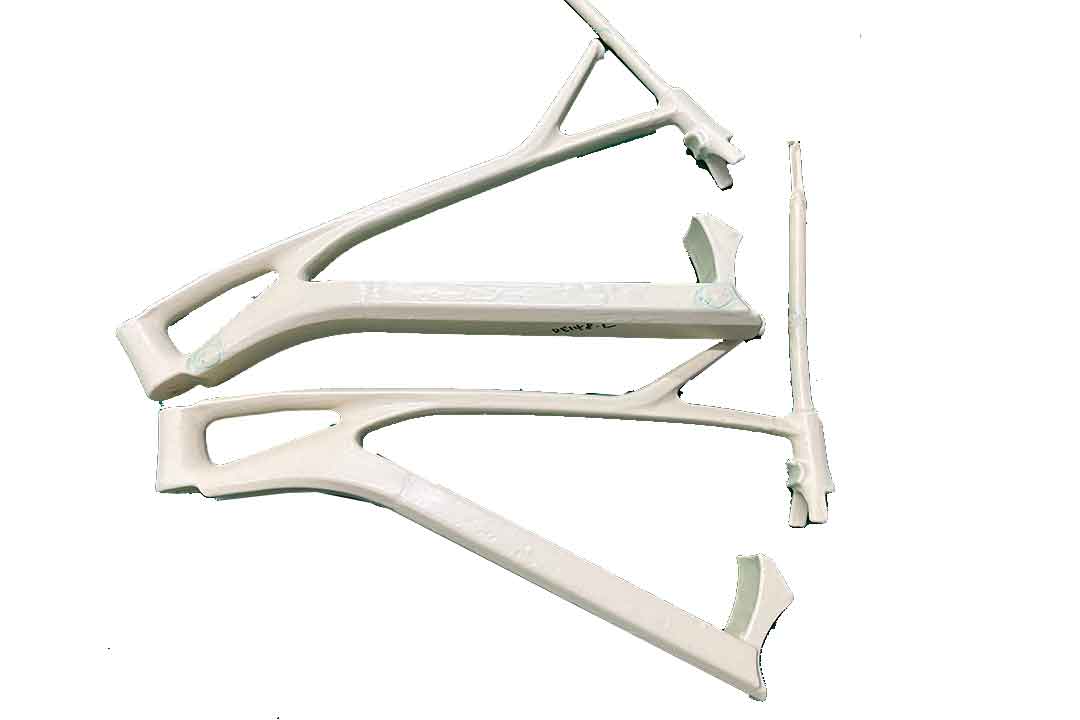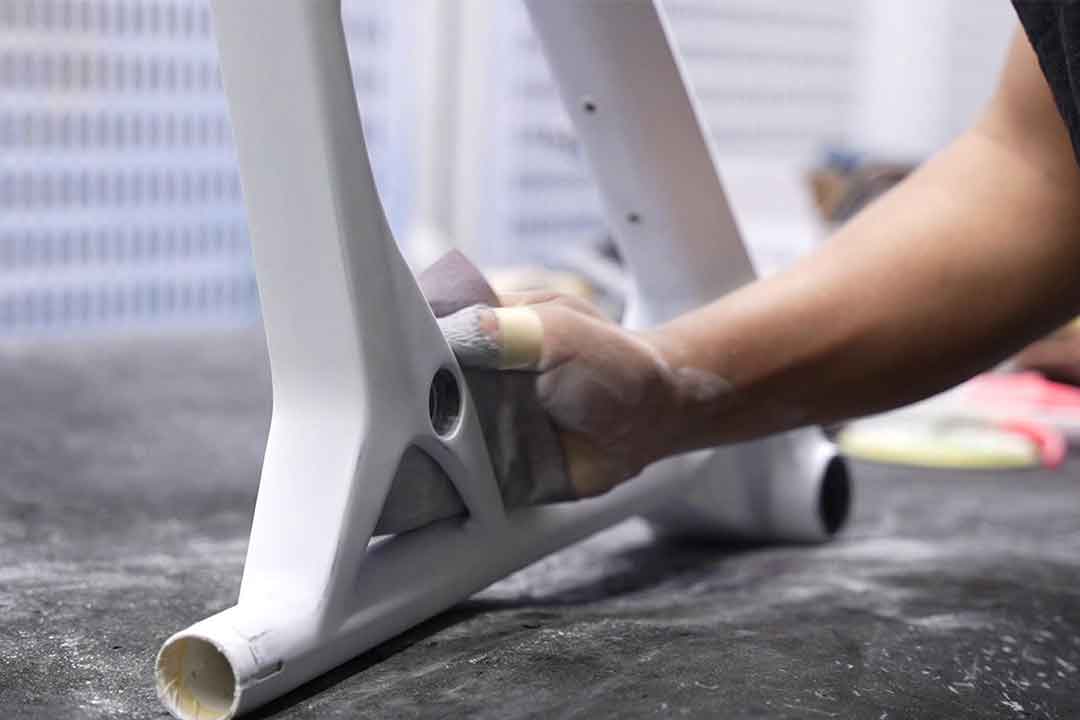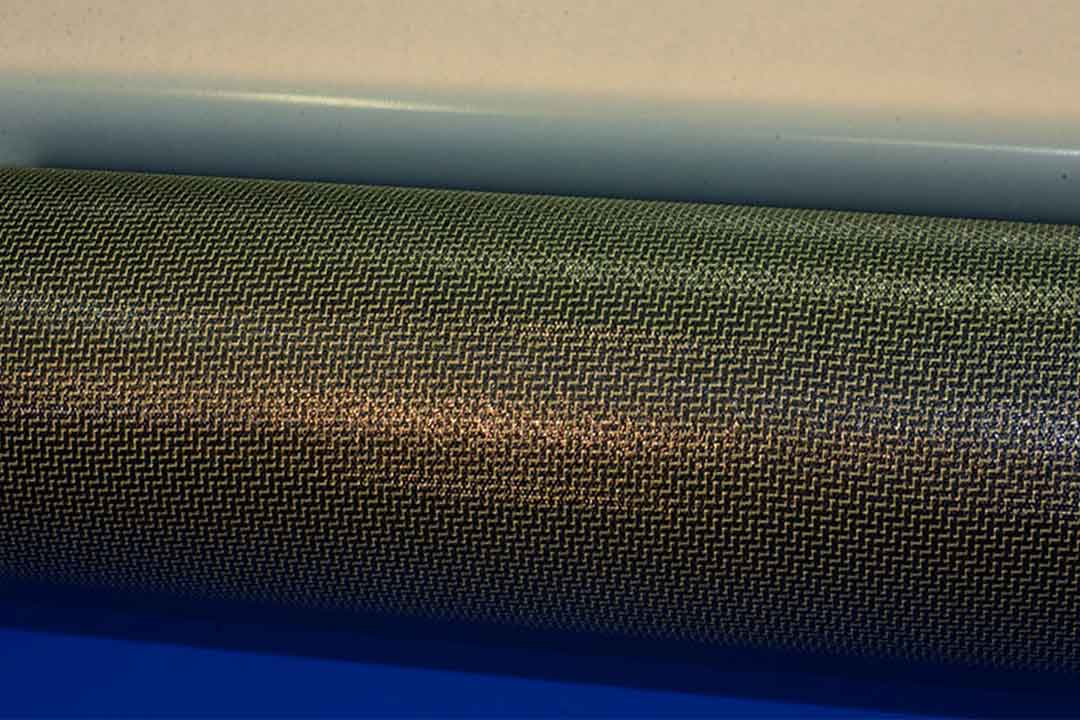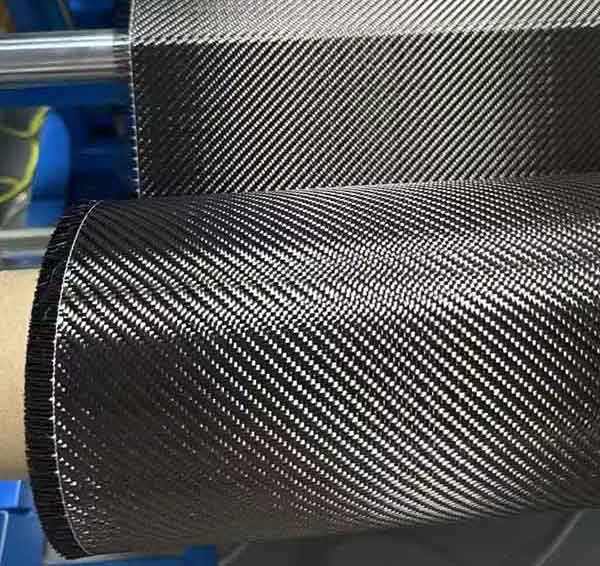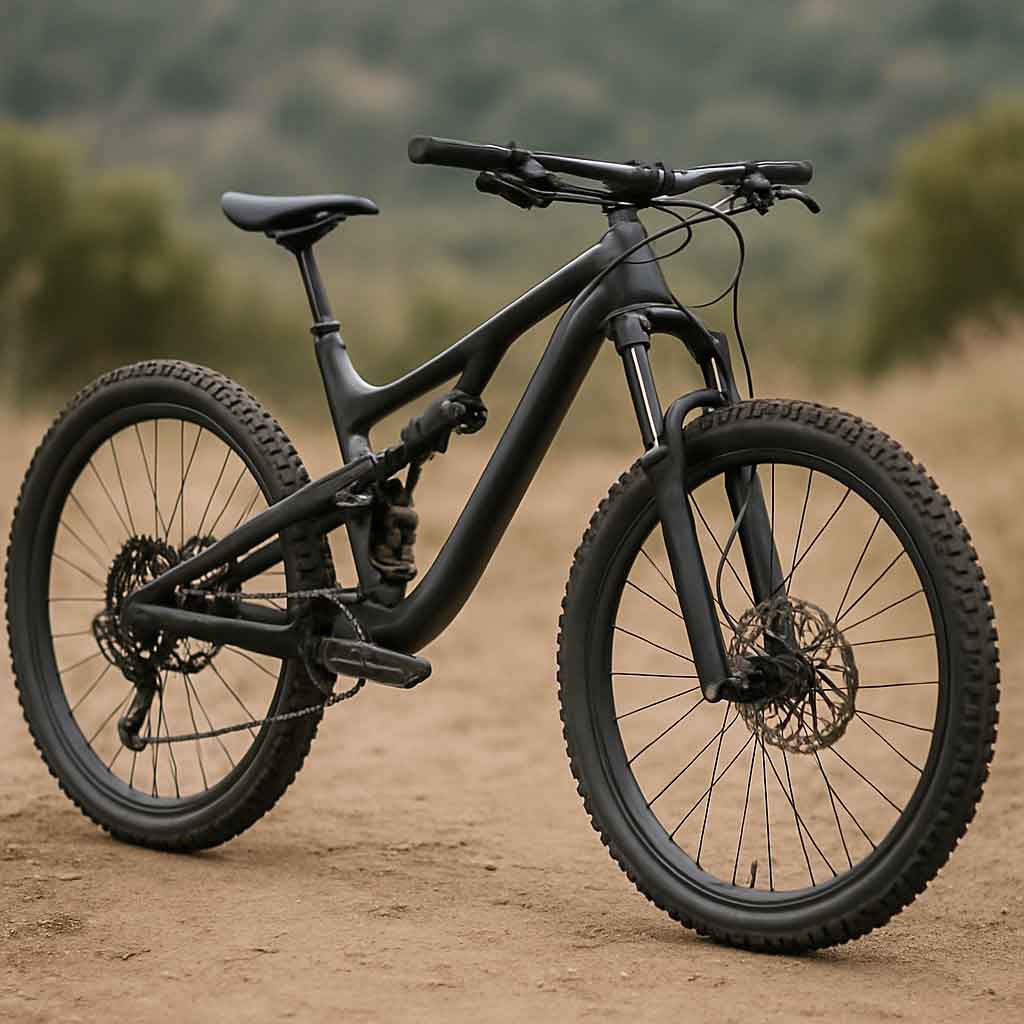Welcome to Mondince Bike - A well-known factory specialized in produce carbon bike frame and other parts since 2007.
Top Maintenance Tips for Full Suspension Bikes
Owning a full suspension bike can be a thrilling experience. Whether you're riding a dual suspension mountain bike or a full suspension city bike, the smooth ride and enhanced control make these bikes a favorite among cycling enthusiasts. However, to keep your full suspension bike in top shape, regular maintenance is crucial. Let's dive into some essential maintenance tips that will help you enjoy a seamless biking experience, whether you own a cheap full suspension mountain bike or a high-end model.
A full suspension bike, sometimes called a dual suspension bike, features both front and rear suspension systems. This design offers better shock absorption, making it ideal for rough terrains like mountain trails. The combination of front shocks and rear suspension allows for a more comfortable and controlled ride.
The key components of a full suspension bike include the front fork, rear shock, and linkage system. These parts work in harmony to absorb impacts from uneven surfaces, ensuring a smoother ride. Understanding how these components interact can help in troubleshooting issues and performing effective maintenance.
Unlike hardtail bikes, which only have front suspension, full suspension bikes provide cushioning at both ends. This dual system not only enhances comfort but also improves traction and stability on rough trails. Riders often choose full suspension bikes for challenging terrains where control and comfort are paramount.
Full suspension mountain bikes, including the 29-inch mountain bike full suspension models, are known for their ability to handle uneven terrains with ease. They provide increased traction and stability, which is essential for navigating trails and off-road paths. Whether you're looking for a good full suspension MTB or a men's full suspension mountain bike, the advantages of these bikes are clear.
The primary benefit of a full suspension bike is the enhanced comfort it offers. The suspension system absorbs shocks from the terrain, reducing fatigue on long rides. This feature is particularly beneficial for riders who spend extended periods on the bike, allowing them to tackle more challenging routes with ease.
Full suspension bikes offer superior control on rough terrains. The dual suspension system keeps the tires in contact with the ground, providing better traction and preventing skidding. This control is crucial for navigating technical trails and steep descents safely.
These bikes are versatile, capable of handling a variety of terrains from rocky trails to urban environments. Their adaptability makes them an excellent choice for riders who want a bike that can perform well in multiple settings. Whether you're riding in the city or exploring mountain paths, a full suspension bike can handle it all.

Routine Maintenance Tips
1. Regular Cleaning
Dirt and grime can accumulate on your bike, affecting its performance. Regularly clean your full suspension bicycle to remove mud, dust, and debris. Use a gentle brush and mild soap to clean the frame, wheels, and suspension parts. Pay special attention to the suspension components, as these are crucial for your bike's functionality.
Cleaning the Frame
Start by rinsing the frame with water to remove loose dirt. Use a soft brush and mild detergent to scrub away stubborn grime. Pay extra attention to joints and welds where dirt often accumulates. Rinse thoroughly to avoid soap residue, which can attract more dirt.
Suspension Component Care
The suspension components require delicate handling during cleaning. Use a specific suspension cleaner or mild soap to avoid damaging seals and other sensitive parts. Ensure these components are thoroughly dried after cleaning to prevent moisture-related damage.
Chain and Drivetrain Cleaning
The chain and drivetrain are prone to accumulating grease and dirt. Regularly clean these parts using a degreaser and a brush. Once clean, lubricate them properly to ensure smooth operation and prevent rust.
2. Lubricate Moving Parts
Lubrication is key to keeping your mountain bike with front shocks running smoothly. Ensure that the chain, gears, and suspension pivots are adequately lubricated. This will prevent rust and reduce friction, prolonging the life of your components.
Selecting the Right Lubricant
Choose a lubricant suitable for your riding conditions. Wet lubricants are ideal for rainy or muddy environments, while dry lubricants work best in dusty areas. Using the correct type of lubricant ensures optimal performance and longevity of your bike's components.
Frequency of Lubrication
Lubrication frequency depends on your riding conditions. As a rule of thumb, lubricate your chain every 100 miles, or after riding in wet conditions. Regular lubrication of suspension pivots and other moving parts is essential to maintain smooth operation.
Lubrication Technique
Apply lubricant sparingly, wiping off any excess to prevent dirt attraction. Focus on the chain, derailleurs, and suspension pivots. A well-lubricated bike not only performs better but also reduces the likelihood of mechanical failures.
3. Check the Suspension
The suspension system is the heart of your dual sus MTB. Regularly inspect the front and rear shocks for signs of wear or damage. Check the air pressure in air-sprung shocks and adjust according to the manufacturer's specifications. If you notice oil leaks or unusual sounds, it may be time for a professional service.
Inspecting for Wear and Damage
Regularly check for visual signs of wear, such as scratches or dents on the suspension. Listen for unusual sounds during rides, which can indicate internal damage. Early detection of issues can prevent more significant problems.
Adjusting Suspension Settings
Correct suspension settings are crucial for performance and comfort. Adjust the air pressure and rebound settings to match your weight and riding style. Refer to the manufacturer's guidelines or consult a professional if you're unsure about the correct settings.
Professional Servicing
For complex suspension issues or regular servicing, seek professional help. A qualified technician can perform detailed inspections and repairs, ensuring your suspension system remains in top condition.
4. Inspect the Frame
Whether you own a low-cost full suspension mountain bike or a more expensive model, the frame needs regular inspection. Look for cracks or signs of stress, especially around the suspension mounts. A compromised frame can lead to serious accidents, so address any issues promptly.
Identifying Frame Stress Points
Pay attention to high-stress areas such as the head tube, bottom bracket, and suspension mounts. These areas are prone to developing cracks due to the forces exerted during rides. Regular inspections can help identify potential issues before they become serious.
Repairing Frame Damage
If you detect any damage, consult a professional for repairs. Minor dents or scratches can often be fixed, but significant cracks may require frame replacement. Riding with a damaged frame is dangerous and should be avoided.
Frame Material Considerations
Different frame materials have varying inspection needs. Aluminum frames are prone to cracks, while carbon frames may develop small fractures. Understanding your frame material can help in performing targeted inspections.
Advanced Maintenance Tips
5. Brake System Check
The brake system is critical for your safety. Regularly inspect the brake pads and rotors on your fully suspended bike. Replace worn-out pads and ensure that the brake cables or hydraulic lines are in good condition. Properly functioning brakes are essential for controlling your speed on descents.
Inspecting Brake Pads and Rotors
Check brake pads for wear and replace them if they're worn down to the limit. Inspect rotors for warping or deep grooves, which can affect braking performance. Regular checks ensure your brakes remain responsive and reliable.
Maintaining Brake Lines
For hydraulic brakes, ensure there are no leaks in the lines and that the fluid levels are adequate. For mechanical brakes, inspect cables for fraying or corrosion. Regular maintenance of brake lines ensures consistent braking power.
Adjusting Brake Tension
Proper brake tension is crucial for effective stopping power. Adjust the tension using barrel adjusters or by altering the cable length. Well-adjusted brakes provide better control and safety during rides.
6. Wheel and Tire Maintenance
Check the condition of your tires regularly. Look for signs of wear, such as bald spots or punctures, especially if you frequently ride on rugged trails. Ensure that the wheels are true and that the spokes are tight. For 29 full suspension mountain bike enthusiasts, maintaining tire pressure is crucial for optimal performance.
Monitoring Tire Wear
Regularly inspect tires for tread wear and sidewall damage. Replace tires when the tread becomes shallow or if there are significant cuts. Maintaining good tire condition is essential for grip and safety.
Ensuring Wheel True
A true wheel ensures smooth riding and effective braking. Regularly check for wobbles and adjust spokes as needed. Truing wheels requires precision, so consider professional assistance if necessary.
Tire Pressure Management
Maintaining the correct tire pressure enhances performance and prevents flats. Check pressure regularly and adjust according to the manufacturer's recommendations. Proper tire pressure provides better traction and reduces rolling resistance.
7. Drivetrain Care
The drivetrain, which includes the chain, cassette, and derailleurs, is a vital part of any MTB bike full suspension system. Keep it clean and lubricated to ensure smooth shifting. Check for chain stretch and replace it if necessary to avoid damaging the cassette and chainrings.
Cleaning and Lubricating the Drivetrain
Regularly clean the drivetrain with a degreaser to remove built-up grime. After cleaning, apply lubricant to the chain and moving parts. A clean and well-lubricated drivetrain ensures efficient power transfer and smooth shifting.
Checking for Chain Stretch
Use a chain checker tool to measure chain stretch. A stretched chain can damage the cassette and chainrings, leading to expensive repairs. Replacing the chain at the right time extends the life of other drivetrain components.
Derailleur Adjustments
Ensure derailleurs are properly aligned for precise shifting. Adjust limit screws and cable tension to maintain smooth gear changes. Properly adjusted derailleurs enhance riding efficiency and prevent chain drops.
8. Professional Tune-Ups
Even if you're diligent with at-home maintenance, professional tune-ups are recommended at least once a year. A professional can spot issues you might miss and provide a comprehensive service for your full sus mountain bike cheap or high-end model.
Comprehensive Inspection
A professional tune-up includes a thorough inspection of all bike components. Technicians can detect hidden issues and perform detailed maintenance. Regular professional inspections ensure your bike stays in optimal condition.
Specialized Equipment Use
Professionals use specialized tools and equipment for accurate adjustments and repairs. From suspension servicing to wheel truing, these tools provide precision that enhances performance. Investing in periodic professional servicing can prevent costly repairs in the long run.
Customized Maintenance Advice
During tune-ups, professionals can provide tailored maintenance advice based on your riding habits and bike model. This guidance helps you perform effective at-home maintenance and prolongs your bike's lifespan.
Buying Guide for Full Suspension Bikes
Choosing the Right Bike
When looking for a full suspension MTB for sale, consider your riding style and the terrain you'll be navigating. A good full suspension mountain bike should match your needs, whether you're tackling mountain trails or commuting in the city.
Assessing Riding Needs
Determine your primary riding terrain and style before purchasing. Mountain trails require robust suspension systems, while urban environments benefit from lighter models. Matching the bike to your needs enhances performance and enjoyment.
Test Riding
Whenever possible, test ride different models to assess comfort and handling. Pay attention to suspension responsiveness and overall ride feel. Test rides provide valuable insights into a bike's suitability for your requirements.
Frame Size and Geometry
Choosing the correct frame size and geometry is crucial for comfort and performance. Consult sizing charts and consider professional fitting services if needed. A well-fitted bike reduces the risk of discomfort and injury.
Budget Considerations
There are options for every budget, from cheap full suspension MTB bikes to more luxurious models. While it's tempting to go for the most affordable option, consider the long-term costs of maintenance and potential upgrades.
Cost vs. Quality
Evaluate the balance between cost and quality when selecting a bike. While cheaper models may save money upfront, they might incur higher maintenance costs. Investing in a quality bike can reduce long-term expenses and enhance your riding experience.
Upgrade Potential
Consider the potential for future upgrades when choosing a bike. Higher-end models often have better upgrade options, extending their usability. Planning for upgrades ensures your bike remains relevant to your evolving riding style.
Financing and Deals
Explore financing options or look for deals and discounts to manage costs. Many retailers offer seasonal sales or financing plans to make purchasing more affordable. Taking advantage of these options can help you acquire a better bike within your budget.
Conclusion
Regular maintenance is the key to getting the most out of your full suspension bike. Whether you're riding a dual sus mountain bike or a full suspension city bike, these maintenance tips will help you keep your bike in top condition. Remember, a well-maintained bike not only performs better but also enhances your safety on the road or trail. So, gear up, follow these tips, and enjoy the ride!
In summary, taking good care of your full suspension bike ensures longevity and optimal performance, allowing you to enjoy the thrill of cycling without interruptions. Whether you're in the market for a new mountain bike full sus or looking to maintain your current ride, understanding and executing proper maintenance is vital. Happy cycling!



